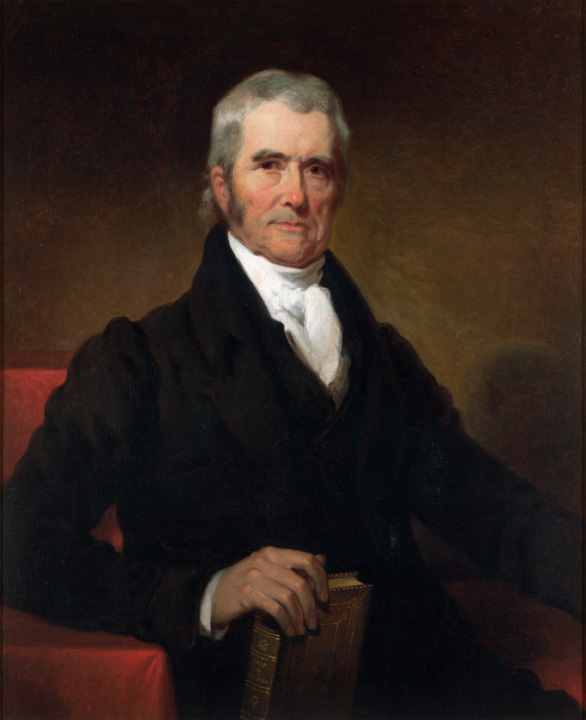Object: Shaving Stand c. 1760
Accession#: 1900.0082
 Wash stands appeared in the mid-eighteenth century along with a proliferation of other specialized furniture forms created for the comfort and convenience of the user. Though today the proliferation of washstands on display in house museums may lead us to believe they were standard household items, estate inventories of the time reveal washstands were most frequently found in more affluent homes and not always in the bedroom. At Wilton for example the 1815 estate inventory of William Randolph IV's only lists one wash stand and basin and is identified as being located, not in a bedroom as one might expect, but in the study. From this we may conjecture that William Randolph IV would have done his shaving and washing-up there.
Wash stands appeared in the mid-eighteenth century along with a proliferation of other specialized furniture forms created for the comfort and convenience of the user. Though today the proliferation of washstands on display in house museums may lead us to believe they were standard household items, estate inventories of the time reveal washstands were most frequently found in more affluent homes and not always in the bedroom. At Wilton for example the 1815 estate inventory of William Randolph IV's only lists one wash stand and basin and is identified as being located, not in a bedroom as one might expect, but in the study. From this we may conjecture that William Randolph IV would have done his shaving and washing-up there.
This mahogany
swash stand embodies the playful curves and ornamentation characteristic of the mid-eighteenth century. Lightweight washstands could be easily moved about a room as needed, perhaps near a fireplace for warmth or at a window to take advantage of early morning light. When not in use its slender size and three-legged base was perfectly tucked out-of-the-way into a corner. Wash stands often
had three levels, the top level holding the basin, the lower platform held the
pitcher or chamber pot. The second level of drawers held washing requisites
such as brushes for the teeth and powders for the wig. This example includes the further embellishment of a spherical compartment fr soap.
Resting on the top of our washstand is a Japanese Imari style shaving bowl of the mid-eighteenth century. A shaving bowl can be identified by the notch cut out along the rim of the bowl so as to be placed at the throat of a gentlemen, just under the chin, to catch the removed facial hair and lather. Beards and facial hair in general were un-fashionable for the eighteenth-century gentleman and remained so until the mid-nineteenth century. According to a contemporary “the man of
letters was clean shaven.”
Further Reading:
Hurst, Ronald C.
and Jonathan Prown. Southern Furniture 1680-1830: The Colonial
Williamsburg
Collection. Colonial Williamsburg Foundation: Williamsburg, 1997.
Withey, Alun, Dr. “Beards, Moustaches and Facial Hair in
History”. 21 March 2014. 6
March 2014.
<http://dralun.wordpress.com/2012/04/26/beards-moustaches-and-facial-hair-in-history/>
“Wash Stand and
Shaving Mirror”. The Cowper and Newton Museum. 6 March 2014.
<http://www.cowperandnewtonmuseum.org.uk/collection/wash-stand-and-shaving-mirror>
“Architecturally
Speaking: Room Use Study: Recommended Objects: Personal”. Gunston Hall
Plantation.
6 March 2014.
<http://www.gunstonhall.org/mansion/room_use_study/personal.html>.
“Object Spotlight: Washington’s Shaving Gear”. George Washington Wired: A Mt.Vernon Site.
6 March 2014.
< http://www.georgewashingtonwired.org/2011/08/08/object-spotlight-shaving-kit/>
Papenfuse et. al., Edward C. “Biographies WAL”.
Legislature 1635-1789. Volume 426. pg.855. Archives of Maryland Online. 10 April
2014. <http://msa.maryland.gov/megafile/msa/speccol/sc2900/sc2908/000001/000426/html/am426--855.html>










